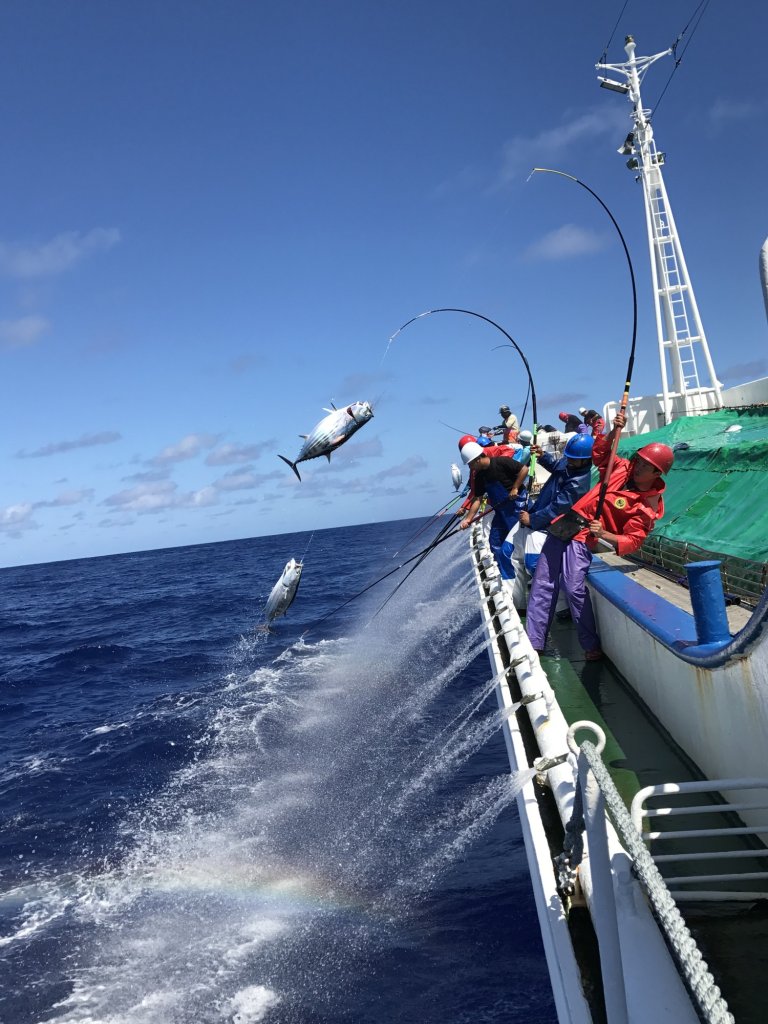Two reliable ways to identify sustainable seafood are seafood certifications, including MSC, ASC, and BAP and seafood ratings (Monterey Bay Aquarium Seafood Watch). While both serve important roles in driving a more transparent seafood chain, there are key differences between them. In this guide, we’ll dive into those differences as well as the importance of the three most common certification programs.
Seafood Certifications
There are various existing seafood certifications to choose from. However, three of the most common include the Marine Stewardship Council (MSC), Aquaculture Stewardship Council (ASC), and Best Aquaculture Practices (BAP). To achieve third party certification, fisheries must be audited by an independent third party and meet the strict guidelines and traceability standards outlined by the certification body.
- Certification is based on in-depth research and audits: Certifications directly engage with fisheries and require them to meet the certification standards. Fisheries are required to have third-party audits. Certifications also engage with the supply chain to continuously verify the sustainability and origin of certified products. Considerations in audits include but are not limited to impact on environment, sustainability of inputs, use of antibiotics, waste, social impact, and more.
- Precision: While certifications don’t have the scope of assessment that ratings, they may up for it through rigorous vetting and stringent standards for all fisheries seeking certification.
- Validation and certification: Certifying bodies oversee validation and certification, through the use of third-party verification for an extra level of security and quality assurance.
- Traceability: A requirement for sustainability certification is that products are traceable back to the source.
Rating Programs
The main Seafood Rating organization in the U.S is Seafood Watch (SFW), run by the Monterey Bay Aquarium, which is a leader in the global sustainable seafood movement. Over the years, Seafood Watch has grown from advising consumers to working directly with businesses and governments around the world. The program assesses the most common seafood items available in the North American market and has rated over one-third of the seafood produced around the world.
- Desktop analysis: Rating programs rate seafood based on desktop analyses that determine the sustainability of the overall species within a geographic area and in key markets. This helps communicate the low to high performance of fisheries to consumers and buyers.
- No audit: Unlike certification programs, rating programs do not audit fisheries or carry out field research relying on data that has already been collected on the geographical area.
- Larger audience: Ratings are made for a large audience. They provide an easy tool for consumers to assess what’s on their plates.
- No traceability required: Seafood is not assessed after the dock or farm, and ratings have no traceability requirements associated with their general performance rating.
Certification vs. Rating Programs: Which Is Best?
Ratings don’t often have the same strict standards that certifications do. When it comes to true transparency, we often recommend that fisheries obtain third party certification from the MSC, ASC or BAP. Given their accuracy and stringent standards, certifications provide the highest level of assurance that a product is verified to be sustainable, harvested legally, and traceable all the way back to its origin.

